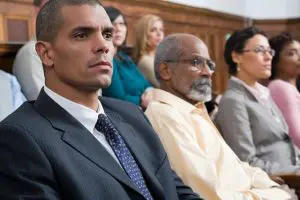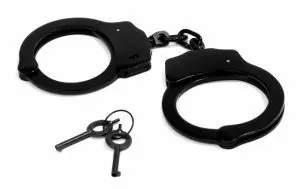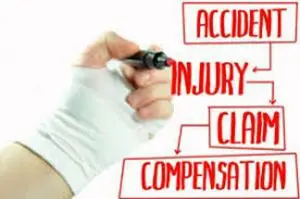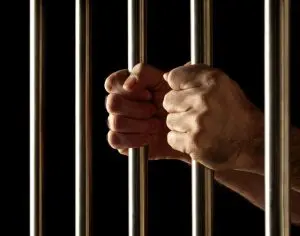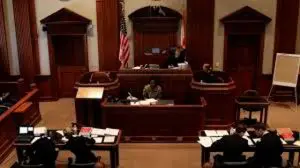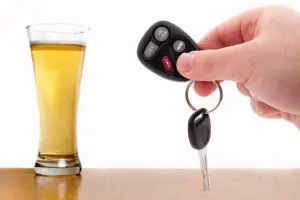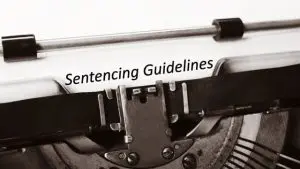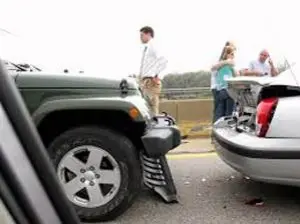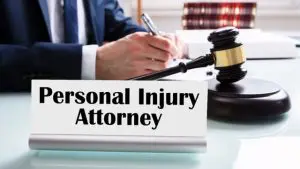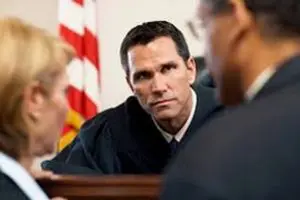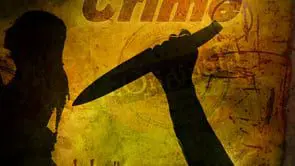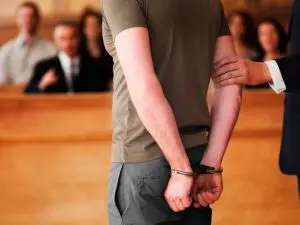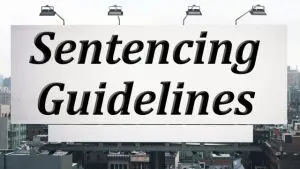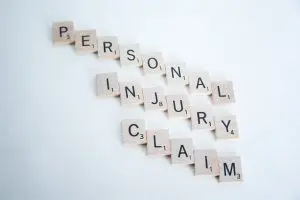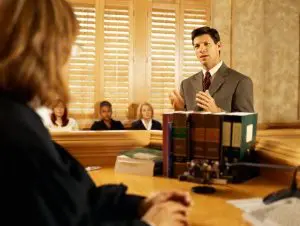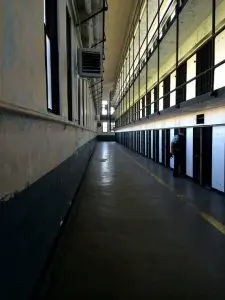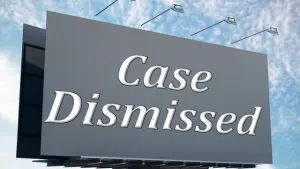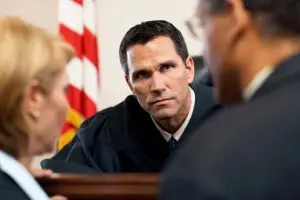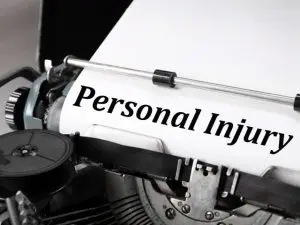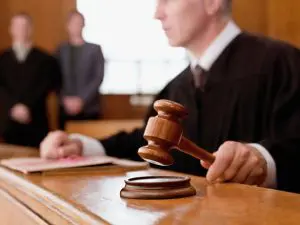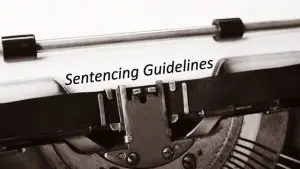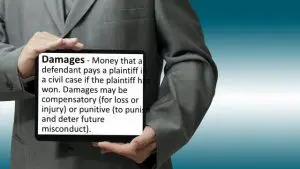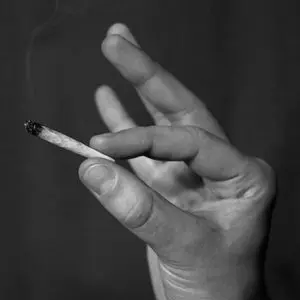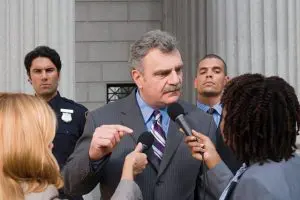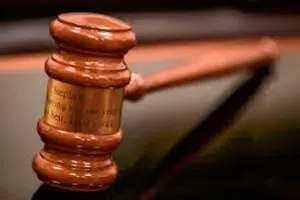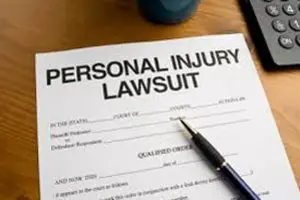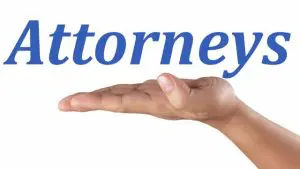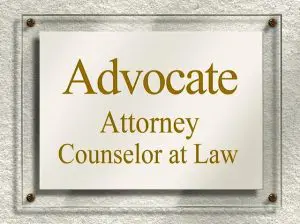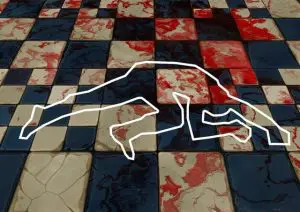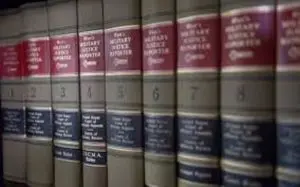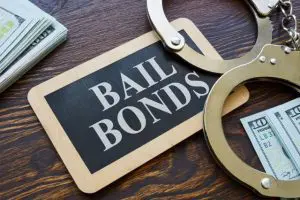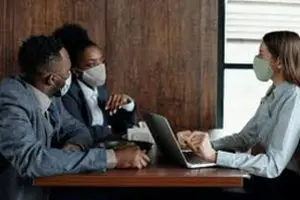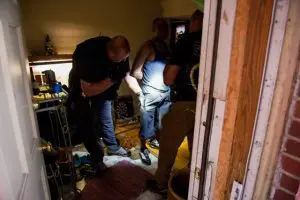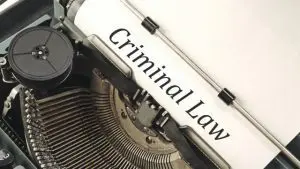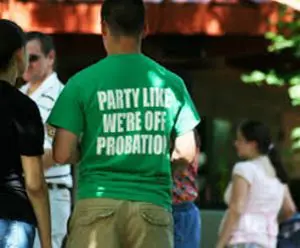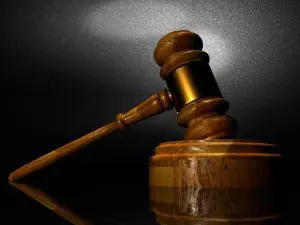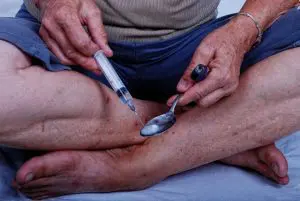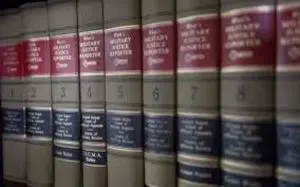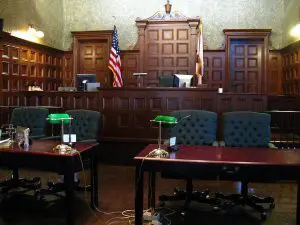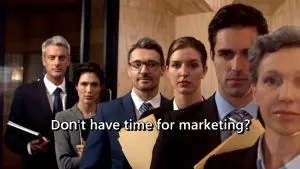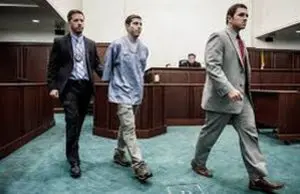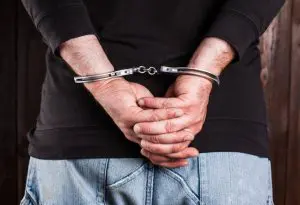Video – Attorney Andrew Dósa Explains How The Coronavirus No-Bail Policy For New Arrests Have Affected the Criminal Court System
Video Transcript
Ray Hrdlicka – Host – Attorneys.Media
“Hi, today we’re sitting with Andrew Dósa, criminal defense attorney in Alameda County, California, and the surrounding counties of the Bay Area. And were talking about some of the issues affecting the criminal justice system, especially in the age of, right now, this time period of Coronavirus-19. And one of the things that have been in the news, actually, all over the country, has been the release of inmates from jail, but this article specifically is talking about new arrests and releasing the individuals, the defendants, the accused, without bail. This article that I’m raising here, talks about this individual getting arrested seven times in the last so many weeks, and they are not for small crimes. But he got released with no bail on each time, until this eighth time, finally, carjacking, and it’s now bail set at $200,000.
So the question I have, Andrew, for you is: Is this — I hate to say this, but is this legal? Is this ethical? Is this right to the safety of the public in and of itself, to release somebody with charges such as — if I may here — assault, stolen vehicle, theft, trespassing in multiple cities. So it’s a repetitive issue. It’s a repeat offender. I don’t know if it’s a career criminal, but during this time period, there’s multiple offenses. And is it right for the jail to keep releasing this individual?”
Andrew Dósa – Criminal Defense Attorney – Alameda County, CA
“Well, the first thing I say, Ray, is that whether this person is a career criminal, he has certainly now applied for an internship to see if he really likes the idea of being a career criminal. And he’s practicing now to see if it really fits him well. Yeah, exactly. I will respond to your question by thinking about two companion issues. The first one you alluded to, which is that there has been a movement across the country to release certain people that are already in custody, and the idea of zero bail policy, which is not an absolute zero bail policy for everything, but for the majority of lesser serious crimes. The premise is that with so many people housed in jails, there is a greater vulnerability to spread the virus. It’s just inevitable that you have more people together and the chances of one person transmitting to the next is greatly increased.
So I will just say that the people that are generally released from custody that are already in custody there, if they are there because of a conviction, they are typically, within the last 30 or 60 days of the end of their sentence. And the premise is that the risk of them getting the virus or getting it and passing it on where they don’t have any symptoms, or they don’t get it and have any health problems, is a greater concern than that they would be released a little early from their sentence.”
Ray Hrdlicka – Host – Attorneys.Media
“That I understand, but this is a situation that’s different: A new arrest and obviously multiple new arrests.”
Andrew Dósa – Criminal Defense Attorney – Alameda County, CA
“Right. Well, so let’s compare and contrast him to the majority of people. Most people don’t go out and commit dozens of crimes after they’ve been released. And so this guy is probably a special case. So the question is: Do you disband a policy that makes sense for the majority of people, just because there’s one person who has decided to ignore the opportunity that was given? That’s a question. We all experience that when one person regularly commits a crime. Or 2 or 3 percent of a population will do that. Does everyone then get bound by the consequences or a greater burden? Great limits on our freedoms, because there are people that are violating the opportunities they have to be free and to live well. And so that’s the question.
But let’s go back to — sweeping from where I was when I began. Let’s look at this one — if a person gets arrested and they are going to be housed in jail and they would otherwise have gotten a bail and they cannot afford bail, but suppose it’s a relatively minor case, but there are two or three counts and the bail is $15,000 and they don’t have the money to get bailed out. They’ve been put into custody and now they are in the situation where they, a person accused of a non-violent crime, are now in a place where they have greater vulnerability to the pandemic, COVID-19. They are going to be around other people that may have it, they may be bringing it in themselves, and the question is: Is it wise to keep those people from custody with a no bail, when bail bond would otherwise be relatively low anyway?
So how do you think we should handle that? The fact that this one person has clearly continued on his path of destruction, does that mean that nobody should be released, or there should be no bail for anybody? I mean, I think that that’s the wrong approach.”
Ray Hrdlicka – Host – Attorneys.Media
“Well, I recognize what you’re saying, but this case seems to be a little bit different because you’ve mentioned non-violent, and we’ve got assault here, we’ve got car theft, we’ve got a situation — and this is Alameda County. As a bail bondsman, I know that the charges, like, for instance in Alameda County, the amount of bail that can be set for, let’s say, an assault charge, can be very different from the bail that is set in San Joaquin or Placer County. Or a rural county. So you’ve got a difference there. But Alameda in and of itself, with the population, I can understand why they’re doing that. But they’ve designated a line. And if you’re saying this, then it’s non-violent, but the line keeps moving.
Now, also, the coronavirus situation, this pandemic, is not going to last forever, of course. Life has to go on. We have to open up businesses. But I don’t know if that’s going to change, actually, with the no-bail situation. You know, given the whole status of the bail industry here in California. So once it starts down this path, I don’t even know if you can reverse it.”
Andrew Dósa – Criminal Defense Attorney – Alameda County, CA
“Well, let’s come back to this. So what does the no-bail policy entail? The fact is that no one is requiring judges in Alameda County, who would evaluate this person — no one is requiring those judges to say, no bail, absolutely, and they have no discretion. There is a court of appeal decision that has been handed down just very recently. Of course it went up quickly because the no bail situation was of recent origin. And the ruling was that a judge can exercise discretion and make a ruling that bail would be appropriate. And so that’s the point. The premise would be, it’s better to have no bail, and so it’s a policy.
But the policy is not an absolute policy, because a judge can make a decision. I would be bothered if a judge simply just rejected the premise of a no-bail situation and imposed bail every time as a knee-jerk reaction. I believe it’s appropriate for a judge to make a ruling, and exercise discretion in each case. And I know that means judges get to work more, but that’s the point of being a judge on the bench, making decisions that are appropriate for the case at hand. And any kind of one-size-fits-all policy is almost always a catastrophe. So a judge who absolutely, positively says, ‘I will always impose bail,’ is missing the point. And then if the Chief Justice of California Supreme Court had said, ‘No bail, and you don’t have a choice and no discretion,’ that would be inappropriate too.
So it’s the middle section. It’s the no bail, because that really makes sense as a policy, let’s try to do it. Versus, always bail, which is a terrible policy, because it’s inappropriate. To somewhere in the middle, where we hope that judges make good decisions that are discretionary, based on a ruling, based on facts. Not based on a biased. Judges generally are committed to not letting their biases influence things, but it would be ridiculous for us to say that judges don’t have biases.
So the fact is, the judge really does need to make a decision about these cases, and there are factors. What is a factor leading them to conclude bail should not be imposed — it’s appropriate for it not to be imposed. And when would a judge say, ‘No, bail needs to be imposed, this person is obviously a problem,’ and that’s what they did with this gentleman who ran amuck. The judge said, ‘No, bail is going to be imposed, because you clearly did not get it right.’ And so that’s an example of the system working properly. That man –“
Ray Hrdlicka – Host – Attorneys.Media
“Well, after seven times. I mean, the first assault, you know, that should have been looked at and said, ‘Wait a minute, this guy is not a situation where it’s a non-violent crime’.”
Andrew Dósa – Criminal Defense Attorney – Alameda County, CA
“Well, all I can tell you is, if those are the allegations and they were true, then we’d have a reason to be concerned that he was released without bail. But remember, allegations are allegations, and they are not a basis for a conviction. So it really just depends. But I will say that the media will report an extreme example like this, and this is not common. Because if it was common, then we wouldn’t hear about it anymore. We would only be hearing about the person who did it 15 times. Because 15 is outrageous, but eight is kind of like the average, right? You’re laughing, but you get my point.
So it gets a lot of press and everyone goes, ‘We should do something about it.’ And Ray, I may have shared this with you before when we talked — bad facts make bad law. And so if you have somebody who was the exception to the rule and got eight new cases, and we decided we can’t allow eight cases, we can only allow one, or we can only allow two. Well, really, what are the circumstances of that individual? We don’t make a law that is black and white, one-size-fits-all , and then shrinks the rights of all of us, or those accused of crimes, just because there’s somebody out there that really just lost his train of morality. He jumped off the train of morality and landed in a sand pit, and then just decided to dig deeper in the dirt. And that’s what his pattern was. His pattern of eight cases.
And I will just offer this: The judge that released him without bail each time, the prosecutor had a chance to comment on bail. And so if the prosecutor didn’t — we have to assume the prosecutors have generally liked the idea of prosecuting people and finding people doing wrong, and believing they do wrong. I mean, they believe police officers, they believe the reports, right? Unlike defense attorney’s, they go, prove it to me, I don’t buy it. And they looked at his case and felt that there was nothing that should make him an exception to the no-bail policy
So I’m not saying that to throw shade on a prosecutor, but they didn’t see anything that jumped out at them and who knows if all the facts are as reported by the news and the media? There probably was something. Maybe he fell through the cracks, that does happen. But the system doesn’t allow a lot of people to do this. This is the only one we all know about, and if there are tens of thousands of people facing crimes in California and he’s the only one who is newsworthy, only because it’s extreme and we should be changing — yeah, should be changing laws and coming up with new policies.”
Ray Hrdlicka – Host – Attorneys.Media
“Yeah. I will keep up on this just to see, because it’s an interesting case on how it affected the changes that the local courts have made in terms of in this time period of the coronavirus. And I’ll check back with you on it. I appreciate your time.”
Andrew Dósa – Criminal Defense Attorney – Alameda County, CA
“All right. Thank you, Ray. Thanks for asking me to talk to you.”
Ray Hrdlicka – Host – Attorneys.Media
“Thank you very much, Andrew. Bye-bye.”
Andrew Dósa – Criminal Defense Attorney – Alameda County, CA
“All right, take care.”
Here are more videos from Attorney
More videos in Arrest
Debug Messages
- No associated attorney found or ID missing.
